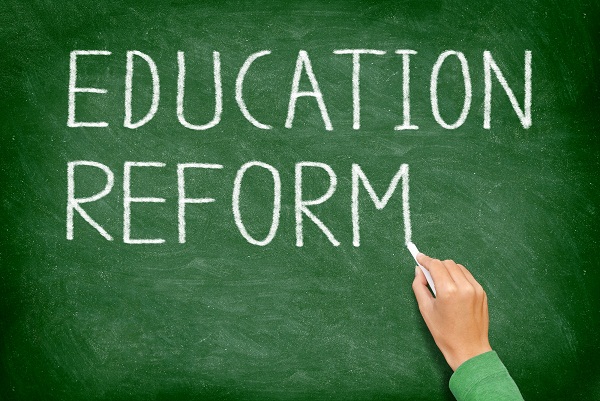
The learning crisis at schools in our country is an open secret. Studies done in the pre-covid period concluded that children learn either ‘too little or too slow’ at schools: half the children in grade 5 were below grade two level of learning. As children transition to higher grades without mastery of the previous content, learning becomes progressively difficult for them, leading to massive dropouts. It would not be far-fetched to conjecture that the prolonged school closures would have only exacerbated the already depressingly low learning levels. The chasm between mastery and actual grade levels of children at schools is such that it warrants tackling the learning crisis as a national emergency. The first step to bridging that chasm is to deconstruct the current abysmally low learning levels and understand why our schools are so stubbornly consistent in failing our children. According to the population census 2017, there are 58.9 million children between the age of 5 and 16. To put things in perspective, that is five times the total population of Belgium. Nearly a third of these are estimated to be out of school, leaving us with roughly 39.4 million who will currently be attending school. Using conservative estimates about 24 million (or 60 percent) of these will be attending public schools.
To think that 24 million people all of whom will be a part of the workforce by 2038 will have learned ‘too little’ at schools should worry us as a nation. Add to this the existing prevalence of intolerance, entrenched sectarian and ethnic divisions, and acute regional disparity which are reinforced by illiteracy and the heart begins to race. If you juxtapose this situation with where the world is headed—with the budding applications of AI and missions to go deeper into the universe around us—one’s heart begins to sink altogether. The picture is anything but gloomy, if not outright shocking. People in the corridors of power will do well to take a break every now and then from the circus they incessantly put on to demonstrate their resolve to ‘serving the nation and protecting its interests’ and sit down to do some long overdue pondering over the conspicuous and debilitating national crisis of ineffective schooling.
Learning at schools is a function of three broad actors: the teachers, the students, and the school ecosystem which includes all the administrators, parents, policies, and material resources that create an atmosphere conducive to teaching and learning. Learning happens when children who are in an amenable physical and mental state convene in a purpose-built space with a teacher who has adequate content knowledge, pedagogical skills, and the will to put in the effort to affect cognitive skills of the children. It follows that the readiness of students to learn and of the teachers to teach depends not only on their personal abilities but also on the broader ecosystem that they are a part of. For learning to happen, and happen consistently in time and space, the students, teachers, and their ecosystem need to be aligned in a certain optimal way. But how do we figure that out? That is the holy grail of teaching and learning. Figuring out the ‘optimal way’ requires resolve, resources, and patience. It requires taking unpopular decisions, taking risks, experimentation, and openness to the possibility that an experiment might fail. It requires the mettle to persevere, learn, and iterate, improving progressively and not being complacent. It requires impeccable vision, continuous re-evaluation, and adaptation to changing circumstances.
We have had a myriad of piecemeal efforts to fix the public education system. Whereas good teaching and learning requires a comprehensive and unshakable ecosystem, the reforms have been more of a cobbler’s work: patching here and there, oblivious to the systemic nature of the educational crisis, and sans incremental improvements. The latest effort has finally spelled out a clear roadmap for reforms. It acknowledges that educational reform is not possible without concomitant, complementary reforms in the ecosystem in which schools operate. It has a cascaded approach to introducing curricular reforms, teacher development, and assessments improvement, affording the system the time to absorb the tremors of change without falling apart. The plan is well thought out, even though its first milestone of the SNC was criticised from left, right, and centre. It is almost impossible to have a consensus on where to start, which is where most of the SNC’s criticism came from. The history of educational reform the world over stands testament to the fact that it is not the choice of start that matters; rather, it is the resolve to build on whatever you start with. Countries that have begun somewhere, learnt from the experiments, iterated, and built better structures have turned their schools and their fortunes around. While a judicious and well thought out plan, it will be no better than the previous ones if not implemented with religious commitment. Any plan is only as good as its ability to survive its contact with the metaphorical enemy. It is high time that as a nation and civil society, we came together to ensure our children acquire ‘knowledge even if they have to go to China’. Now with CPEC, even the metaphorical China is quite literally here, the irony will be lost on us if we continue to recklessly slumber and become a wedge between our children and their pursuit of knowledge.
Source: Published in The Nation

